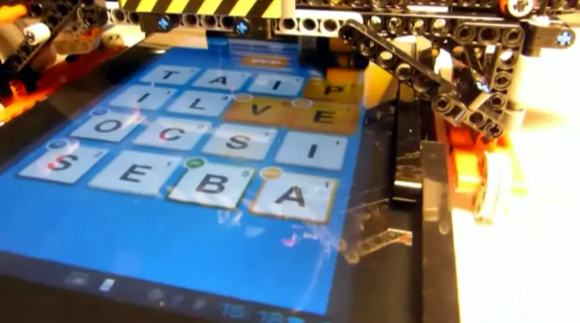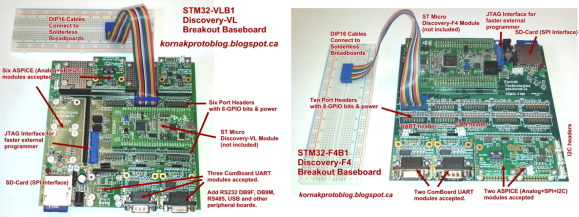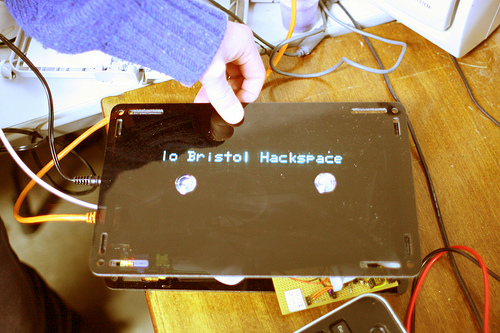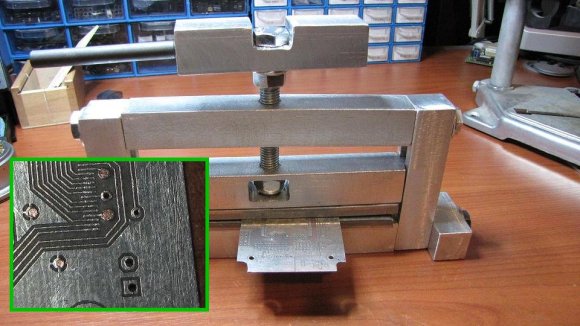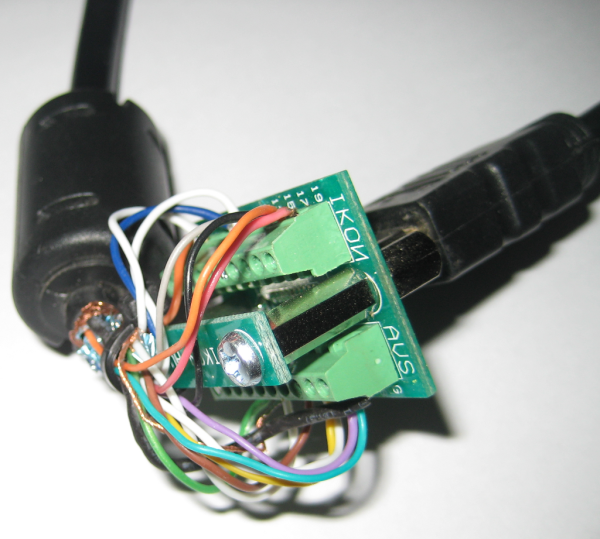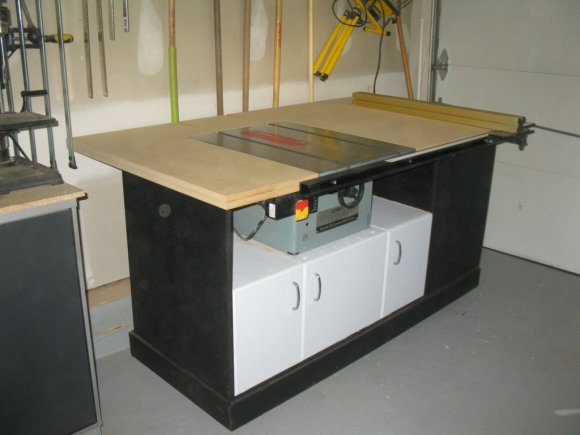
Okay, first of all: holy crap! Even if you didn’t know this started as a rusty table saw, the workstation that came out of this project is just phenomenal. It really makes us wish we had looked around for a used model with a cast iron top instead of going for the cheap stamped metal one that was ready to use.
[Simon Leblanc] started with a Delta contractor’s saw that was rusty inside and out. The refurbishment began by removing the table and everything from the inside. The rods and gears were all cleaned up before he began to sand away the rust on the table itself. But obviously he didn’t stop with getting the saw to be functional again. He built a small set of cabinets to serve as the base for the saw. They went inside of this larger assembly that combines an MDF table top with an Accusquare rip fence to greatly increase the working surface of the tool.
Now he needs to start in on an extra fancy CNC jig for the thing.
[via Reddit]

